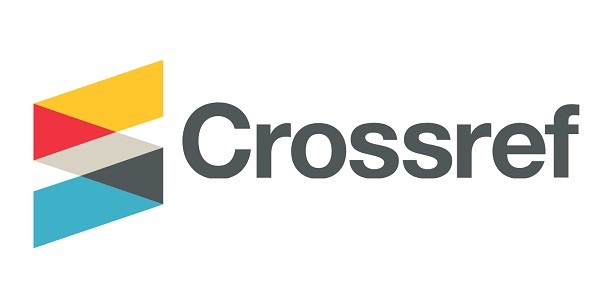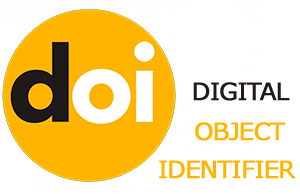Transposing the customer model of perceived service quality to public services: a theoretical analysis
DOI:
https://doi.org/10.5281/zenodo.8225044Keywords:
Perceived quality of service; Customer model of service quality; Legal model of public service; Users; Marketing, Public services.Abstract
The key and ultimate objective of any organisation is to ensure its longevity and survival, which in turn depend on the perceived quality of the service. To achieve this, organisations need to design and implement marketing systems to meet people's needs, gain market position and sustainably withstand competition. The public sector is now obliged to adapt to the frequent changes associated with it. It is evolving its work processes and organisational rules, and its main objective is to serve and satisfy users more effectively and efficiently. Public marketing, therefore, aims to evaluate and provide solutions related to communication and the relationship between public bodies and individuals, groups of individuals, organisations or communities. In this context, researchers in the field of public service have developed several models to explain the role of the state in improving service quality to meet the general interest objective. The aim of this article is to assess the extent to which the measures and practices of the private sector model of perceived service quality can be transposed to the public sector, taking into account the specific characteristics of the public sector.
Published
How to Cite
Issue
Section

This work is licensed under a Creative Commons Attribution-NonCommercial-NoDerivatives 4.0 International License.




























